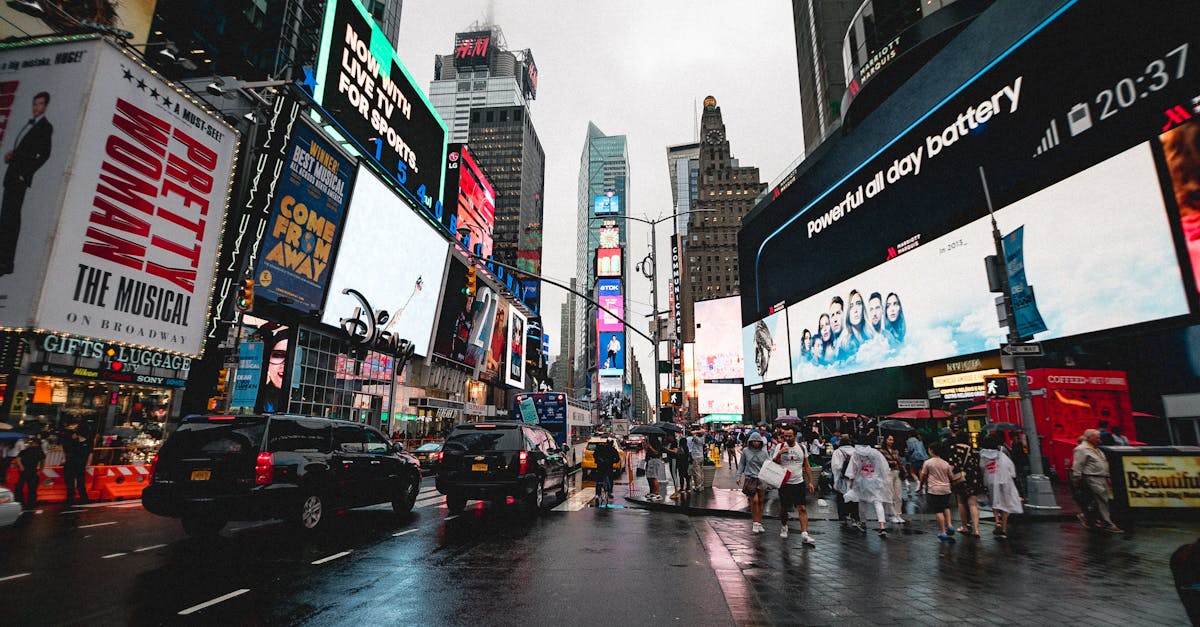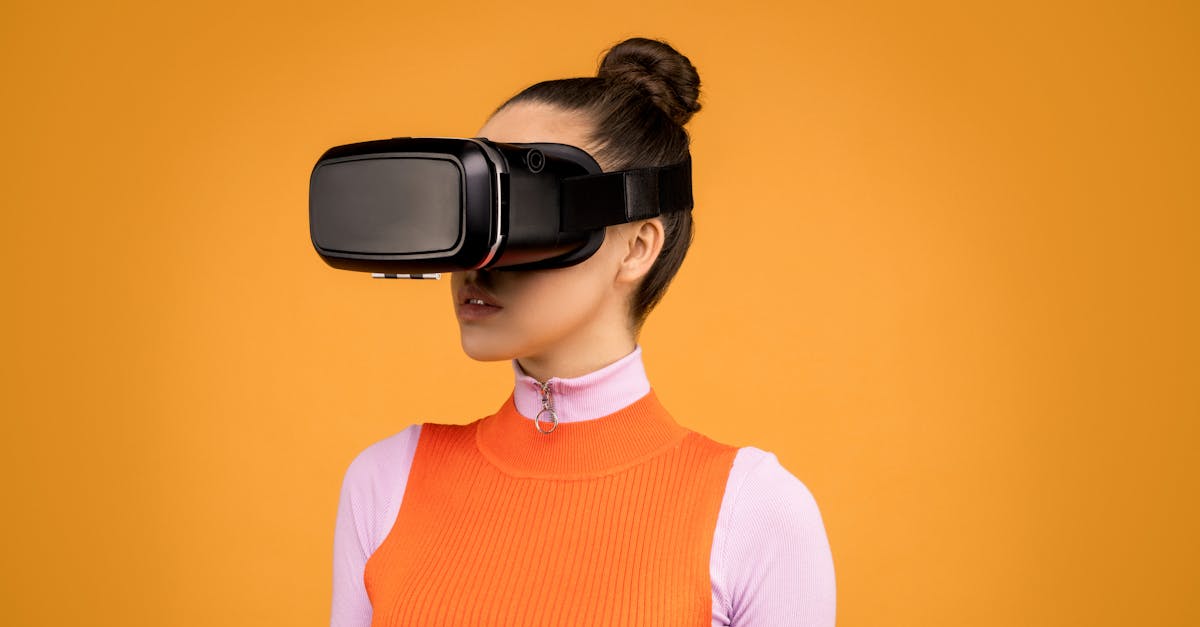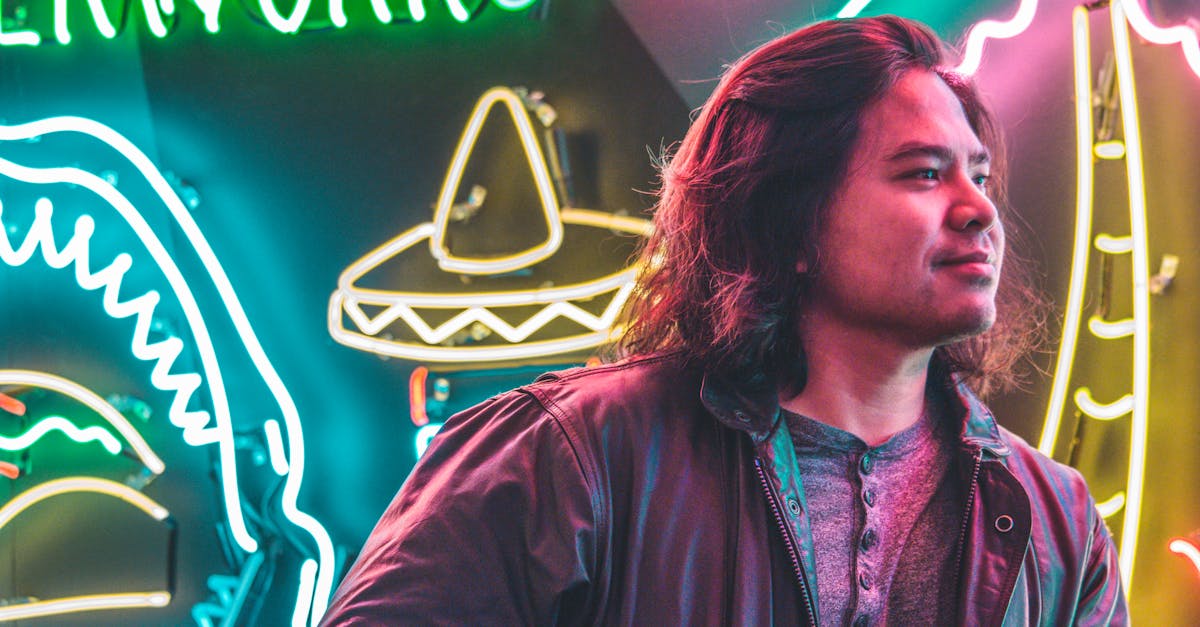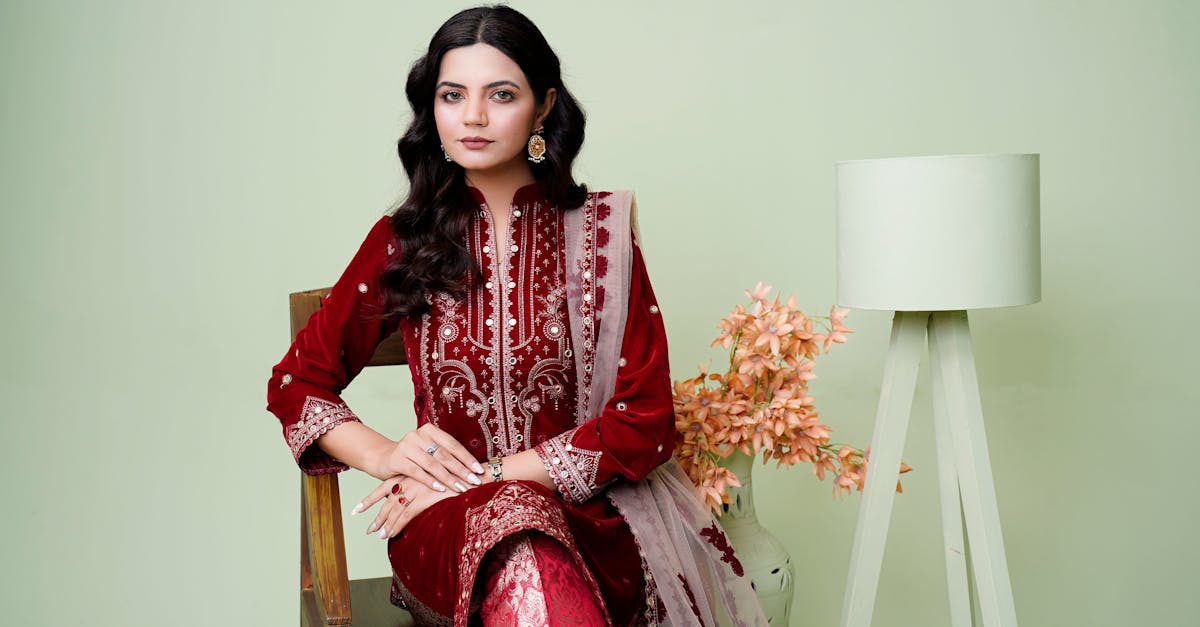Exploring the Next Gen Style Revolution 2030
Introduction
The fashion world is on the brink of a transformative era, marked by the upcoming Next Gen Style Revolution 2030. This burgeoning movement promises to redefine fashion through innovation, sustainability, and technology. A convergence of cultural shifts and technological advancements drive this change, ensuring that style is not only a statement but also a sustainable choice. As consumers become more mindful, their demands shape the industry narrative, ushering in a new epoch of ethical apparel. But what does this revolution truly entail? And how will it shape the global fashion landscape? Let's explore how 2030 is set to rewrite the rules of style.
Advertisement
Sustainability Takes Center Stage
Central to the Next Gen Style Revolution 2030 is sustainability. As concerns over environmental impact grow, the fashion industry is compelled to adopt eco-friendly practices. Brands are investing heavily in sustainable fabrics, such as organic cotton, recycled polyester, and mushroom leather. Innovative techniques like dyeing fabrics without water and creating biodegradable clothing are gaining traction. Furthermore, the revolution encourages consumers to rethink their consumption patterns, advocating for less waste and more conscious purchases. With fashion accounting for a significant share of pollution, the 2030 revolution aims to drastically reduce its ecological footprint.
Advertisement
Technology Integration in Fashion
Fashion in 2030 isn't solely about aesthetic appeal; it's about merging fabric with technology. Smart textiles, embedded with sensors, can monitor health, track fitness, or even change color based on mood. The advent of 3D printing promises bespoke garments at the click of a button, reducing waste from mass production. Virtual reality and augmented reality fittings mean consumers can try on outfits without stepping into a store. This technological prowess not only revolutionizes access but ensures that fashion caters to individual needs more precisely than ever before.
Advertisement
Cultural Influences and Diversity
The style revolution embraces diversity, with designers drawing inspiration from myriad global cultures. This blending of influences celebrates cultural heritage and fosters inclusivity in fashion. Indigenous patterns and traditional techniques find their way onto global runways, bridging the gap between old and new. As the world shrinks, the exposure to diverse cultures enriches design creativity, propelling fashion towards a more inclusive future. The revolution celebrates all sizes, shapes, and ethnicities, ensuring everyone finds representation in style.
Advertisement
Circular Fashion Economy
A crucial component of this revolution is the shift towards a circular fashion economy. Unlike the linear model that produces, uses, and discards, the circular economy focuses on longevity, repair, and reusability. This approach seeks to create closed-loop systems where garments are repurposed, recycled, or refurbished. Collaborations between brands and consumers encourage clothing exchanges, rentals, and resale, minimizing fashion waste. This model not only envisions a more sustainable industry but an economical one, benefiting both businesses and consumers alike.
Advertisement
Ethical Production Practices
The Next Gen Style Revolution emphasizes ethics in production. Labor rights, fair wages, and safe working conditions are at the forefront of this movement. The demand for transparency is stronger than ever, with consumers pushing brands to disclose their supply chains. Localizing production and reducing carbon footprints become priorities. This ethical approach fosters trust and loyalty among consumers, ensuring they support brands that align with their values. As ethical standards rise, the fashion industry finds itself accountable to both people and the planet.
Advertisement
Interactive Fashion Experiences
With interactive experiences, fashion becomes a shared journey between brands and consumers. The Next Gen Style Revolution encourages collaborative designs, inviting consumers into the creative process. Digital platforms and social media amplified this trend, allowing real-time feedback that shapes collections. Consumers no longer passively receive fashion; they actively participate in its evolution. From virtual fashion shows to crowd-sourced collections, the boundary between designer and wearer blurs, fostering an unparalleled sense of community and belonging.
Advertisement
Adaptation to Climate Change
Climate change adaptation is woven into the fabric of the 2030 style revolution. As weather patterns shift, so do the needs for fashion. Brands are innovating solutions to respond to these changes, designing versatile garments suitable for unpredictable climates. Breathable, versatile fabrics and layering systems become vital, ensuring comfort across varied conditions. This proactive approach underscores a commitment not just to style, but to functionality and resilience, adapting fashion to meet future challenges head-on.
Advertisement
Digital Fashion Innovation
The digitalization of fashion takes a leap forward, marking a significant chapter in the style revolution. Designers create virtual garments that exist solely within digital realms, offering zero-waste alternatives to physical apparel. Digital fashion allows consumers to curate personal styles and collections online, facilitating expression without environmental impact. Virtual influencers wearing digital couture illustrate the futuristic synergy between technology and fashion. The emergence of the digital wardrobe transforms how style is conceptualized and experienced.
Advertisement
Conclusion
As we stand on the cusp of the Next Gen Style Revolution 2030, the fashion world prepares for an era of unparalleled transformation. Sustainability, technology, and inclusivity unite to redefine how we perceive clothing and style. This revolution extends beyond attire, touching upon ethical production, innovation, and diversity. Both businesses and consumers need to adapt and embrace these changes. As this dynamic industry evolves, it promises a future where style is not only expressive and beautiful but responsible and revolutionary.
Advertisement








